Employee workflows are key to managing a modern business. If you’re not yet using them, now is the time to start. And if you are using employee workflows, focus on improving them to increase employee productivity, help prevent errors, and contribute to project success.
What is an employee workflow?
An employee workflow is a sequence of steps that employees perform to complete a task. Think of a workflow as a sort of map that guides employees through a task or project.
By breaking down a large project into steps, workflows give employees structure, specific timelines for smaller tasks, and an easy way to track their progress. Workflows also give supervisors the ability to manage employee activities in a structured, organized way.
Employee workflows may be specific to an individual team member, but businesses often use them to help a whole team work together. A workflow can help coordinate a team’s efforts and enhance their productivity by assigning individual tasks to different team members.
What is employee workflow management?
Employee workflow management refers to the process of creating, supervising, reviewing, and improving workflows. Supervisors and managers responsible for these workflows should continuously review how well the workflows function. Optimizing workflow steps can yield better results, ensure people perform their work correctly, and keep major projects on schedule.
What are the benefits of employee workflow management?
Employee workflow management can help reduce errors and increase project success. When you manage your workflows by breaking a large project down into individual tasks with their own deadlines, you help ensure that your team makes steady progress toward completing a project on time. Plus, those individual tasks make projects more manageable and decrease the chances anyone will overlook an important step.
Effective workflow management plays an important role in a team’s productivity, but it can also keep a team connected and communicating well — especially when employees are working remotely.
Workflow management software that features automation capabilities can perform some repetitive, time-consuming tasks for your team — like sending follow-up emails. Assigning tasks to employees also gives them structure and can improve accountability, and it helps ensure the whole team has clear expectations of the work they need to perform.
How can you determine if you need employee workflow management software?
There are many potential signs that it’s time to start using employee workflow management software:
- Employees are spending too much time on repetitive manual processes, like transcription or follow-up emails.
- Your staff repeatedly make errors.
- Team members in multiple locations are working together on projects.
- Miscommunication is hurting your team’s performance.
- There’s uncertainty surrounding staff roles and responsibilities.
- Missed deadlines are holding up projects.
What can good employee workflow management software do for a business?
Good employee workflow management software can simplify the process of creating, monitoring, and improving employee workflows. Quality software can help you automate repetitive processes and guide staff through their responsibilities.
Workflow management software can serve multiple roles, functioning as a calendar, a to-do list, a communication platform, a document sharing and collaboration hub, and more.
How can Jotform help better manage employee workflows?
Jotform’s suite of tools can support your business processes, automate tasks, streamline approval processes, and more.
Jotform, a user-friendly drag-and-drop form builder, can help you simplify many of your business processes. You can use the business form templates — which include employee tax withholding, event registration, project proposal forms, and more — to create the forms that your business needs.
You can upload your forms to your website, email them to clients, or share them with a unique URL. Jotform Tables automatically captures the data from your submitted forms, simplifying the process of tracking and organizing that data. Depending on your business needs, you can use forms for employee processes like timesheets or for client-facing processes like order requests and invoices.
You can also use Jotform Tables to assign employees tasks, monitor task status, and track projects. Multiple employees can collaborate on each table, facilitating employee communication and helping ensure that everyone completes their tasks on time.
With Jotform Approvals, you can implement workflow automation to streamline workflows such as timesheet approvals, invoice payments, equipment purchase approvals, new hire approval processes, and leave request approvals.
Customize templates or create your own workflow to automate processes, such as sending autoresponder emails based on an approval status. There’s no coding knowledge needed, and you can tailor the approvals to your business needs and processes.
While many employee workflow management software options require expensive subscriptions, Jotform is a much more affordable and versatile option. With Jotform, you can easily start implementing and enjoying the benefits of employee workflow management today.
Photo by Ant Rozetsky on Unsplash

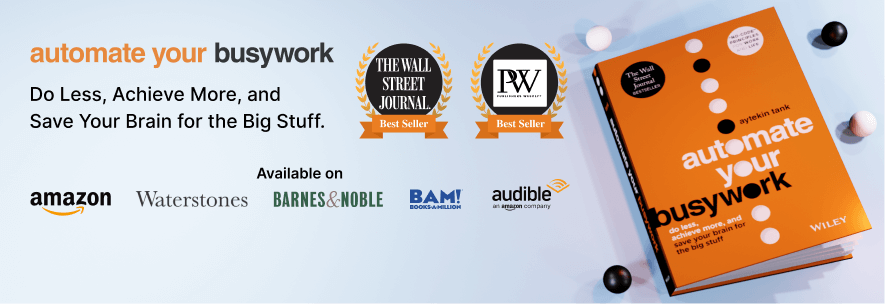


























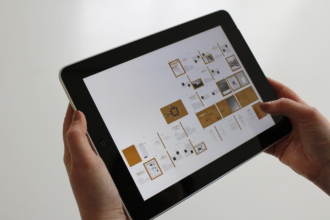









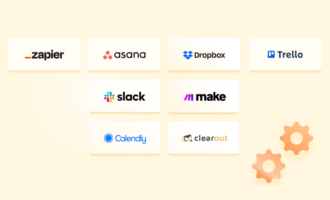




















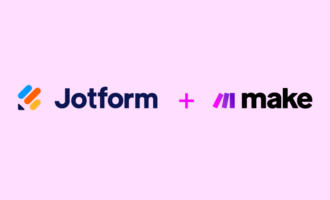



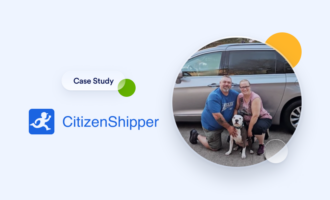


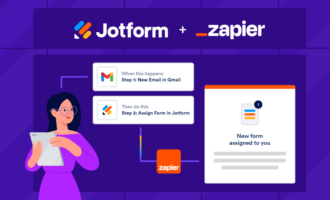

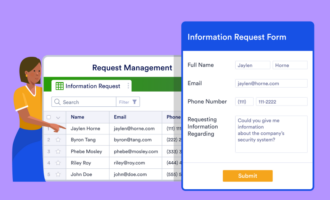
















Send Comment: